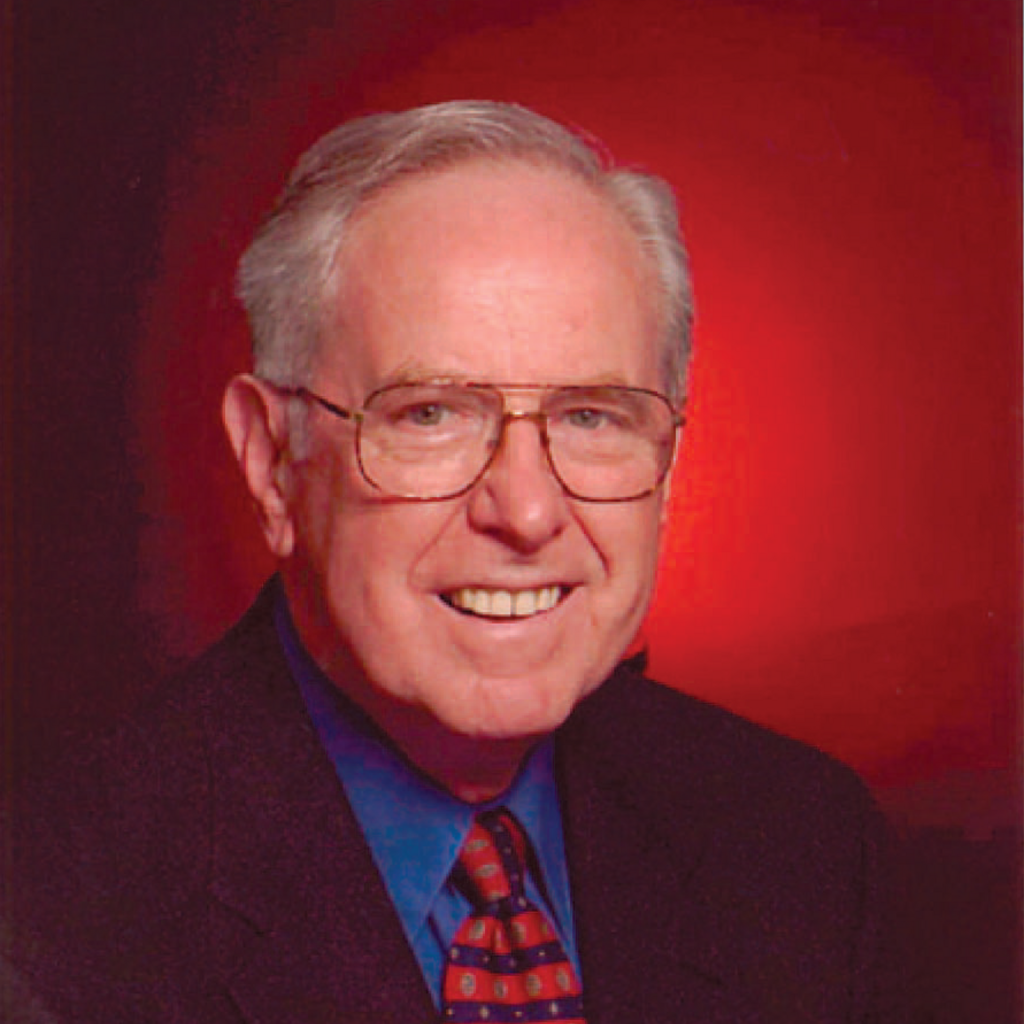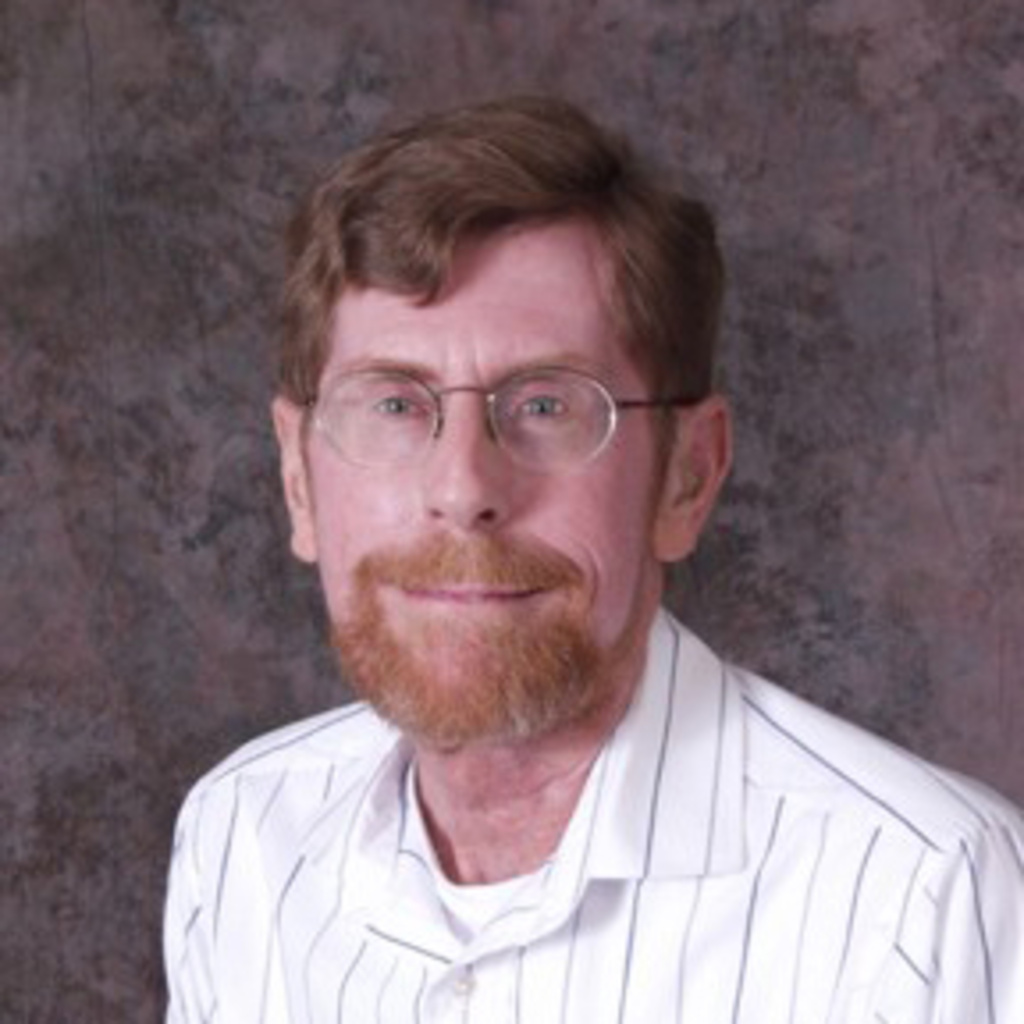Free Radical and Radiation Biology Program Celebrates a proud history of Teaching, Research, and Service
D. R. Spitz and J.W. Osborne
The Radiation Research Laboratory (RRL) was established in 1947 and began operation in the Spring of 1948.
Dr. H. Dabney Kerr, Head of Radiology, and the heads of the Biochemistry and Physiology departments at Iowa, were instrumental in urging the University of Iowa College of Medicine to establish such a unit. The decision was timely since several radionuclides potentially very useful in diagnosis and therapy were just becoming available. Also, there was a critical need nationally and internationally for additional data on the biological effects of radiation. Dr. T.C. Evans, a native Texan who in 1934 received the PhD degree in Zoology at the University of Iowa, was recruited as Research Professor of Radiology and Director of the Radiation Research Laboratory. He had been very productive during the years 1941-1948 as a scientist at the Radiological Laboratory, Columbia University. While there, Evans interacted with Drs. E. Quimby, G. Failla, and H. Rossi, among others. He had become well-known early in his career for a number of discoveries including the effects of small daily doses of neutrons on mice.
In the early years (1948-1955), the educational role of RRL involved the teaching of radiobiology to radiology residents, lectures to sophomore medical students, and lecture and laboratory courses dealing with radiation protection principles and basic radioassays. Substantial research support came from the Iowa Division of the American Cancer Society and the Atomic Energy Commission (AEC). The projects supported were related to control of the growth of ascites tumor cells, in vitro and in vivo iodine uptake studies, and studies in various animal models of radiation injury and ways to modify the response to irradiation.
Besides its teaching effort, RRL served as the liaison between the University and the AEC relative to radiation protection procedures and approvals for faculty and students to use radionuclides. Additionally, RRL developed radionuclide procedures for use on campus in patient studies and in animal research. RRL served as the University of Iowa’s nuclear medicine installation from 1948-1964 since all procedures utilizing radionuclides in humans were performed here.
During its last years of nuclear medicine service, RRL was using state-of -the-art imaging devices, perfecting in vitro procedures, and utilizing 99mTc as longer-lived radionuclides were supplanted. The experience with imaging devices began with a Sodium Iodide (NaI) crystal and a heat-activated dot printout on white paper and ended with commercial and locally developed equipment for color printouts from scintigraphy equipment utilizing a larger Sodium Iodide crystal. In 1961, a graduate program in Radiation Biology was established. In 1963, a Radiation Safety Office was established as was a Division of Nuclear Medicine. With these two efforts no longer a RRL responsibility, more emphasis could be placed on the MS and PhD graduate programs approved by the Graduate College two years earlier.
Initially, Titus Evans had two other faculty: C. Janney, a physicist, and T. Winnick, a biochemist. The latter’s appointment in the Biochemistry Department made it possible for him to direct students in the Biochemistry degree programs. E. Riley, Jr. joined as a faculty member in 1953, retiring in 1985. J.W. Osborne, who obtained his PhD at the University of Illinois with Henry Quastler, became a faculty member in 1955. Other former and primary current faculty members included R. Rhody (1954-1957), H. Jackson (1960-1963), W. Lohmann (1965-1969), R. DeGowin (1968-1973), B. Mawhinney (1968-1970), K. Coop (1970-1974), L. W. Oberley (1974-2008), H. F Cheng R. Stevens (1974-1986), D. Hussey (1984-2000), G. Claycamp (1985-1990), G. Buettner (1988-), M. Robbins (1993-2001), A. Goel (2007-2015), F. Domann (1993-2022), D.R. Spitz (2000-), P. Goswami (2000-), K. Dornfeld (2002-2007).
The current primary appointees in FRRBP: A Simons-Burnett, G. Buettner, P. Goswami, D. R. Spitz, B. G. Allen, C. Griguer, M. Coleman, M. Howard, J. Caster, J. Byrne, C. Oliva and M. Petronek. They have been joined by other faculty in the College of Medicine (K. Brown, P. Giangrande, K. Irani, W. Zhang, J. Cullen, M. Wold, T. Washington, A. Uc, M. Schultz, L. Robertson, Y. Menda, M. Knudson, K. Kregel, A. Klingelhutz, B. Carter, J. Engelhardt, M. Graham, R. Hichwa, F. Miller, M. Henry, F. Zhan, C. Chan, M. Spies, and A. Pieper) to constitute the current teaching and research group in the Free Radical and Radiation Biology Program. The administrative structure of RRL began as a unit responsible only to the Dean of the College of Medicine but became a Division of Radiology in 1973 and in the early 1990's, a section of Radiation Oncology, one of the Divisions of the Department of Radiology.
Effective with the Fall semester of 2000, the name of the graduate program was changed to Free Radical and Radiation Biology Program (FRRBP), to reflect the broadening of the scientific emphasis in the program. On July 1, 2001, the Department of Radiation Oncology was established as an independent department that encompassed not only the clinical activities, but also the FRRBP.
Titus Evans was the Head of RRL and Director of the Graduate Program in Radiation Biology from 1948-1975. J.W. Osborne served in these roles from 1975-1993. M. Robbins became Director of Research in 1993 while Osborne continued as Director of the Graduate Program. In September 1998, L. Oberley assumed the Directorship of the Graduate Program and leadership of the Division until January 2008. Douglas R. Spitz assumed the mantle of leader of the FRRBP program and Director of the Graduate Program in 2008 and was succeeded by Andrean Simons-Burnett in July of 2023.
The Graduate Program has graduated 190 students who received MS (72) or PhD (118) degrees or both. The graduates have gone on to make significant contributions to progress in clinical and basic research and patient treatment at universities, institutes, industry, and hospitals. On average, 12-16 students are enrolled in this interdisciplinary program, with the option of a major emphasis in either radiation biology or free radical biology. Currently, there are 11 graduate students and 3 postdoctoral students.
Program Directors

Bill Osborne

Larry Oberley
Douglas Spitz
